Maybe you have heard of someone who suffered from a blood clot and they told you that they never saw it coming. Well, perhaps they did not notice the signs, but there are ways to identify a blood clot. You just have to know what they are so you can associate the symptoms with this frankly potentially scary condition. Blood clots usually happen when people travel for very long periods of time.
A long plane ride, for example, can cause a blood clot, especially if you’re in a tight space where you can’t stretch your legs. Left untreated, a blood clot in your leg can travel to your lungs and cause a pulmonary embolism. Want to prevent suffering from complications from a blood clot in your leg? Continue reading to discover the most common warning signs you have a blood clot so you can act fast and prevent undesired health problems.
1. Redness
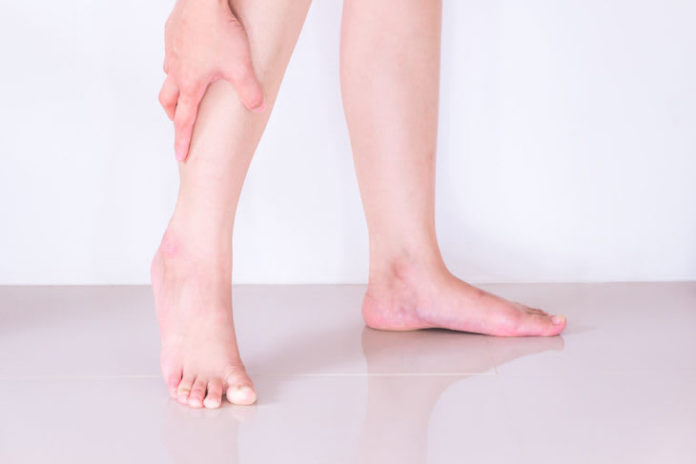
One of the first signs associated with a blood clot is slight discoloration of the skin. As the blood bunches up together, the blood beneath the surface becomes visible to the naked eye.
2. Swelling

You will probably experience some swelling near the clot especially if you develop one in your leg, ankle or calf area. These areas are more likely to develop blood clots because they have increased bone and tissue densities. If you apply ice on the swelling and it does not decline, this could be a sure sign of a blood clot forming.
3. Warm skin

You will probably experience a temperature change near your blood clot. The skin near the area will get warmer and you might also feel a tingling. An increase in temperature usually is accompanied by other symptoms like itchiness and throbbing.
4. Fainting

If your body can’t dissolve the blood clot naturally, dizziness and fainting can occur. If you do lose consciousness, you should definitely go see a doctor.
5. Increased heart rate
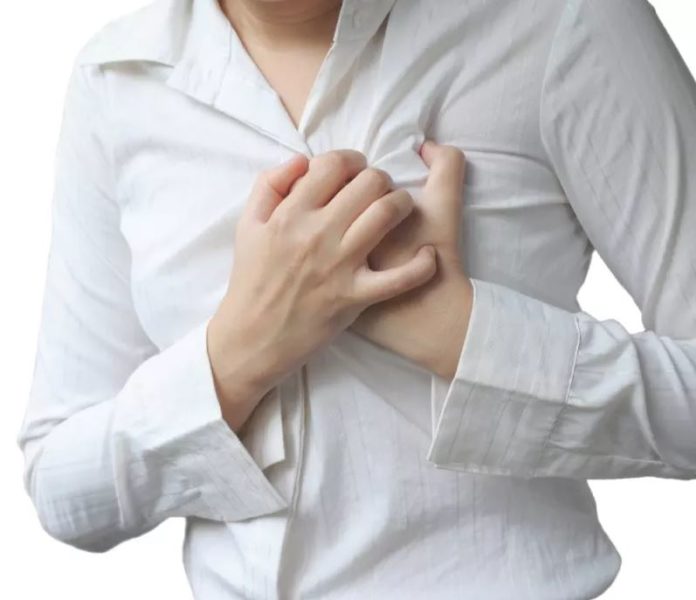
If you have a blood clot, your heart rate will increase since your blood isn’t getting to your heart easily. Symptoms like sharp, stabbing chest pains could also occur.
6. Fatigue

Your body will be working so hard, which will result in exhaustion. If you often feel tired, look for other blood clot symptoms so you detect if you have one or not rapidly.
7. Fever

If a blood clot detaches itself and enters your blood stream, you may experience high body temperatures. You could also experience sweating and shivering, headaches, dehydration, weakness and a lack of appetite.
8. Tenderness

A lot of the times, the skin around the blood clot will become tender to the touch even if you don’t see bruising. You can experience tenderness in both legs even if you only have a blood clot in one leg.
9. No symptoms at all
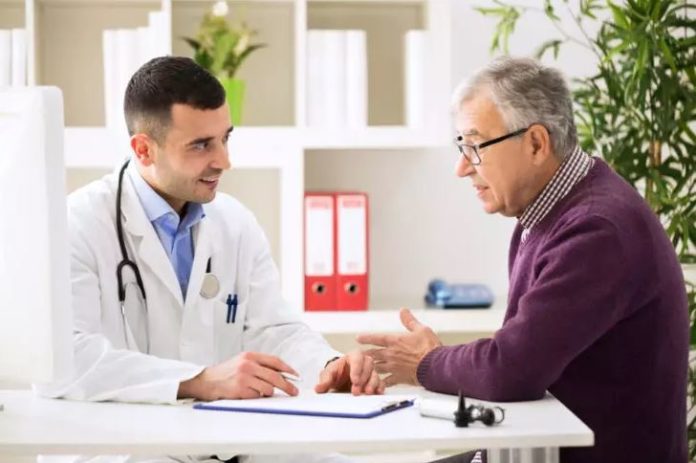
Studies show that almost half the people who have a blood clot experience little or no symptoms at all. This being said, actively preventing blood clots by wearing comfortable and loose fitting clothes, lowering your salt intake, be physically active and don’t sit or stand for too long of periods.
10. Distended veins

If you don’t experience distended veins on multiple parts of your body, this symptom could be a sign of a blood clot. Make sure you pay attention and check your body for these types of signs.
Source: Active Beat


![[Photos] Why WD-40 Is Magic In Your Garden?](https://lifetonik.com/wp-content/uploads/sites/7/2019/08/WD40-Prices-Highres_Page_8_Image_0008-218x150.jpg)





![[Photos] Take A Look Of The Obama’s New Home Before It’s Banned](https://lifetonik.com/wp-content/uploads/sites/7/2019/07/Obama1-218x150.jpg)

![[Slideshow] Celebrity Homes: 21 Of The Most Luxurious](https://lifetonik.com/wp-content/uploads/sites/7/2019/07/Taylor-Swift-218x150.jpg)
![[Slideshow] More Parents Are Now Gluing Pennies to the Bottom of their Kid’s Shoes](https://lifetonik.com/wp-content/uploads/sites/7/2019/07/Keep-Them-Entertained-218x150.jpeg)
![[Photos] 20 Fashion Mistakes That Too Many Women Make!](https://lifetonik.com/wp-content/uploads/sites/7/2019/07/5-style-mistakes-that-make-you-look-frumpy-featured-218x150.jpg)










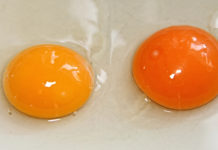
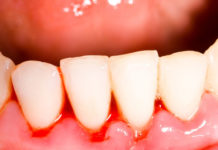







![[Gallery] 25 Discounts For Seniors To Which You Are Entitled Without Knowing It](https://lifetonik.com/wp-content/uploads/sites/7/2019/08/EAZxECUXUAAvNZR-218x150.jpg)
![[Slideshow] Here’s the salary of every governor in the United States](https://lifetonik.com/wp-content/uploads/sites/7/2019/08/Charlie-Baker-218x150.jpg)
![[Photos] No One Will Want To Buy This House After Seeing These Pictures](https://lifetonik.com/wp-content/uploads/sites/7/2019/08/terrible-real-estate-photos-2-5c35e727c9f95__700-218x150.jpg)



